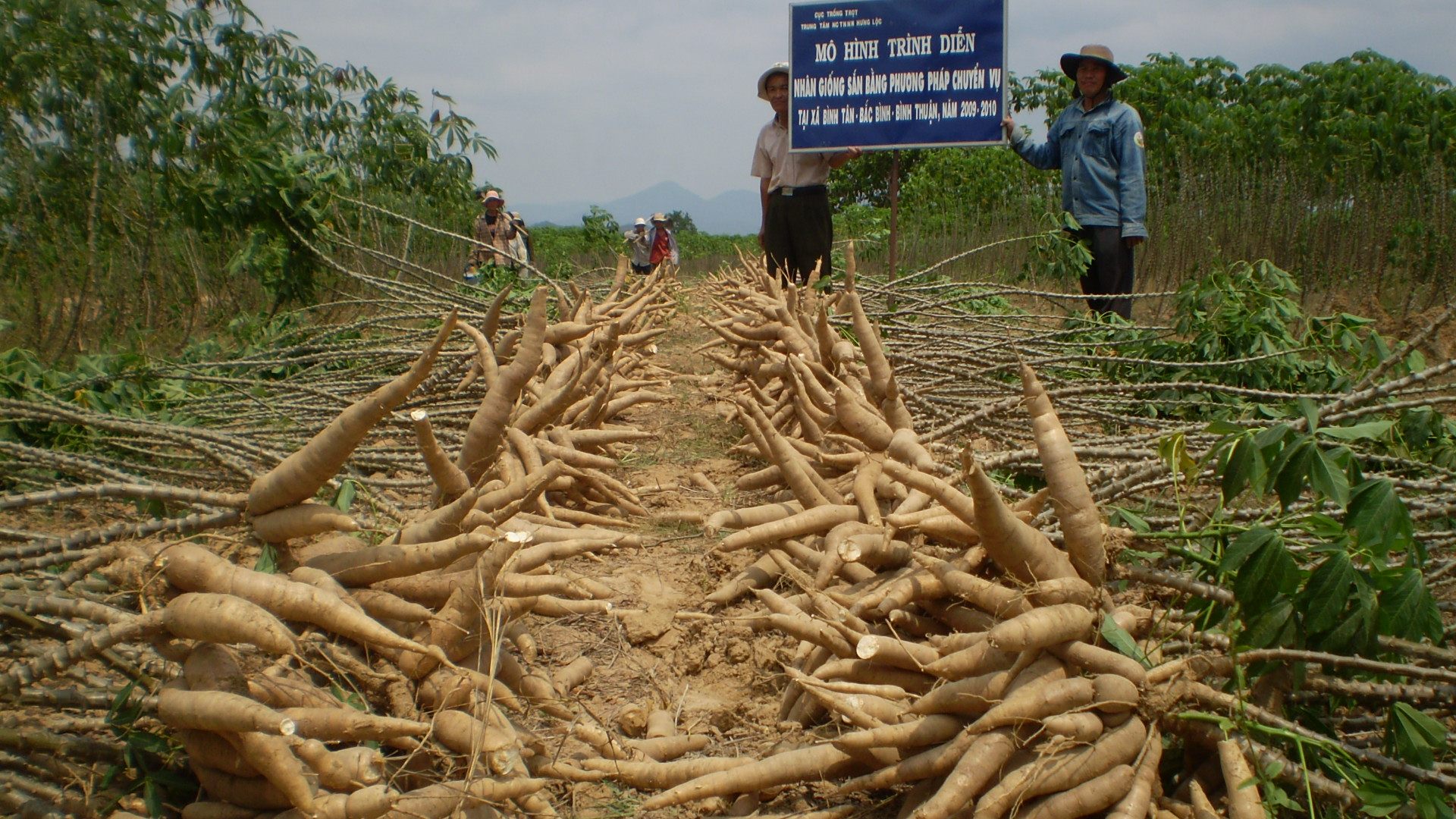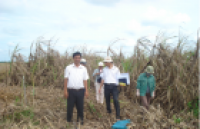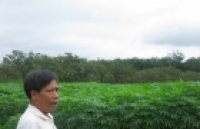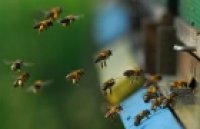|
HOANG DINH DINH. 2016. DETECTION AND MANAGEMENT OF SEED-BORN MICROFLORA ORYZA SATIVA L. PhD. Thesis. University of Dr. Panjabrao Desmukh Krishi Vidyapeeth Akola; MARAHATRA State, India.
(Hoàng Đình Định, Pathologist, CLRRI, Can Tho)
Microorganisms play an important role in causing the damages on rice plant and affecting the quality of seed, of which fungi account for the largest group. More than 80 fungi including about 20 species of pathogens were detected from the rice seeds such as Bakanae and foot rot (Fusarium moniliforme, Sheld); Sheath rot (Sarocladium oryzae, Swada W. & D. Hawksw); Brown spot (Bipolaris oryzae, Shoem), Stackburn (Alternaria padwickii, (Ganguly) Ellis); Narrow brown leaf spot (Cercospora janseana, (Racib.) O. Const.); Black kernel (Curvularia lunata, Boedijn); Leaf scald (Microdochium oryzae, Samuels and Hallett); Blast (Pyricularia oryzae, Cav); Kernel smut (Tilletia barclayana, Sacc. and Syd.); False smut (Ustilaginoidea virens, (Cooke) Takahashi) etc. (Mew et al., 2002).
OBJECTIVES
-
To detect seed-borne mycoflora associated with rice in different rice varieties in India and Vietnam country.
-
To determine effect of seed-borne mycoflora on seed and seedling.
-
To ascertain the efficacy of seed dressing fungicides and bio-agents against seed-borne mycoflora of rice.
-
To study the longevity of seed treatments in storage.
CONCLUSIONS
-
All sixty one rice seed samples from different locations in India and Vietnam were found associated with seed-borne mycoflora.
-
Thirteen seed-borne associated fungi were isolated from Indian rice vatieties viz., Alternaria padwickii, Aspergillus niger, Bipolaris oryzae, Curvularia lunata, Chaetomium sp., Fusarium moniliforme, Myrothecium roridum, Nigrospora oryzae, Phoma sorghina, Penicillium sp., Rhizopus stolonifer, Sarocladium oryzae and Tilletia barclayana.
-
Seed-borne fungi i.e. A. padwickii, F. moniliforme, C. lunata, B. oryzae, and A. niger exhibited high infection frequency on rice seed lot. Predominant association of seed-borne fungi observed on rice varieties i.e. K-4, Jayshriram and 555 from Konkan, BR8 from Banguluru and SYE 2001 from Vidarbha region.
-
Ten fungal genera were isolated from Vietnamese rice varieties viz., Alternaria padwickii, Aspergillus niger, Bipolaris oryzae, Curvularia lunata, Chaetomium sp., Fusarium moniliforme, Nigrospora oryzae, Phoma sorghina, Penicillium sp. and Sarocladium oryzae. Among fungi Fusarium moniliforme and Alternaria padwickii were most predominant with higher frequency on rice varieties i.e. IR 62266, OM 9916, IR 2610, IR 847-1 and IR 46349.
-
Standard blotter paper method was proved efficient for detection of almost seed-borne fungi.
-
Almost all seed-borne fungi of rice were associated with seed husk and five fungi associated on dehusk seed of rice including Alternaria padwickii, Bipolaris oryzae, Curvularia lunata, Fusarium moniliforme and Sarocladium oryzae.
-
Rice bunt caused by Tilletia barclayana associated on rice seed from Vidarbha, Konkan, Banguluru and Warangal regions. The per cent infected seed was low within the range of 0.00 to 0.48 per cent.
-
Seed-borne fungi associated with rice seeds caused detrimental effects on rice seed quality parameters viz., germination, rotten seed, seedling blight, shoot and root length and seed vigour index.
-
Among seed treatments with fungicides and bio-agents Thiram+Carbendazim @ 3+1g/kg, Thiram @ 3g/kg and Trichoderma viride @ 4g/kg of seeds, proved effective in reducing seed-borne infection of Alternaria padwickii, Bipolaris oryzae, Curvularia lunata, Fusarium moniliforme and Sarocladium oryzae, reduced the infection and improved the seed quality parameters viz., germination and seed vigour index before and during storage period of twelve months.
|
[ Tin tức liên quan ]___________________________________________________
|


 Curently online :
Curently online :
 Total visitors :
Total visitors :


